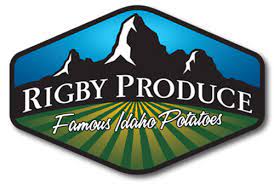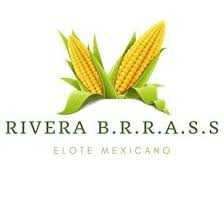“Everybody plays the fool.”
I was recently humming this 1972 song by the R&B group The Main Ingredient. Mostly because I was thinking of how, when marketing fresh produce, a manager is surrounded by items, all the ingredients that customers shop for every day.
The message every store manager drives home to the produce manager? Keep everything in stock.
That’s not always so easy to do. Produce inventory is affected by many factors outside a manager’s control: weather issues, prorated supplies, late trucks, or loads rejected for less-than-desirable quality.
Nevertheless, produce managers faithfully order what they need, and in any well-run chain, can expect to receive the produce they need, in sellable condition, at a competitive price, to arrive just in time to keep the shelves stocked until the next order. Every item is a possible key or main ingredient.
Sometimes, it isn’t the obvious high-volume item that helps drive sales and keeps customers happy.
In fact, many times it’s the lower-volume item that compels a customer to shop your store. I recently ordered lunch at a better-burger restaurant, selecting a spicy sandwich only to be told, “We can make it, but unfortunately, we’re out of cilantro today.”
No cilantro? I admit it was just a spattering among the toppings, but that’s what set the burger apart from the others. It was “the” item, just as it is in so many other dishes.
Sometimes, it isn’t the obvious high-volume item that helps drive sales and keeps customers happy.
When I purchased for a foodservice broadliner, one of my counterparts bought the herbs. He took it upon himself to carefully do a quality-control check of the category in the wee hours each morning, culling and adjusting the inventory so he could replenish the pick slots every day for the orders that followed.
His philosophy was simple. He said, “I figure if a chef can count on getting flawless herbs, in the quantity they need, then we’ll earn the volume produce orders as well.”
Using this example, the not-so-obvious-need indeed becomes the main ingredient. The garlic for the roast. The lemon for the libations. The cilantro for the pico (or for my burger).
That’s why it’s important to emphasize to produce managers that every item counts when ordering, when merchandising, when culling, rotating and replenishing fresh produce.
I’ve seen produce mangers purposely omit “the little things” such as heirloom tomatoes, spicy radish sprouts, or a slower-moving apple variety, all because they think it’s a shrink source.
That’s foolish.
Customers are somewhat patient but will eventually stop scouring your store for the absent items and migrate elsewhere, where they can consistently find the fresh produce they’re looking for.
Armand Lobato works for the Idaho Potato Commission. His 40 years’ experience in the produce business span a range of foodservice and retail positions. E-mail him at [email protected].
Related content
To be productive, be prompt
What are your bins saying?
Work hard, plan smarter














